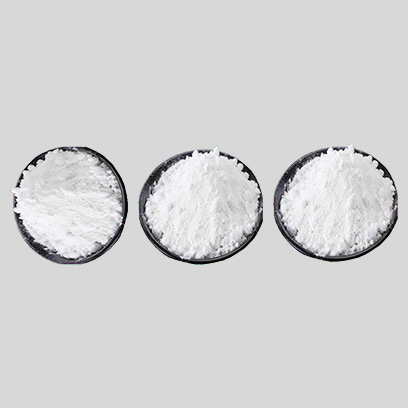
Nov . 07, 2024 17:00 Back to list
Different Types of TiO2 Production Facilities and Their Characteristics
Understanding the Types of TiO2 Factories and Their Applications
Titanium dioxide (TiO2) is a widely used compound known for its brilliance and high refractive index, making it a crucial ingredient in various industries, including paints, coatings, plastics, and cosmetics. The production of TiO2 occurs primarily in two forms anatase and rutile. The manufacturing methods and the types of factories producing TiO2 can vary significantly, impacting the characteristics and applications of the final product.
Types of TiO2
1. Rutile TiO2 Rutile does not merely denote a form of TiO2; it also describes its crystalline structure. Rutile is the more stable and dense form, essential for applications that demand durability and high pigment strength. It is predominantly used in high-performance coatings due to its excellent light-scattering properties. Factories producing rutile TiO2 generally use the sulfate process or the chloride process, both of which yield high-quality pigment.
2. Anatase TiO2 Anatase is another crystalline form of TiO2. While it is less stable than rutile, it is preferred for certain applications due to its greater photocatalytic activity. This attribute makes anatase TiO2 highly sought after in environmental applications, such as air and water purification. Manufacturing processes for anatase TiO2 often focus on producing a higher purity product suitable for photocatalytic applications.
Manufacturing Processes
The production of TiO2 occurs through two dominant methods the sulfate process and the chloride process.
- Sulfate Process This is one of the oldest and most widely used methods for producing TiO2. In this process, titanium ore is reacted with sulfuric acid to produce titanium sulfate. The subsequent steps involve hydrolysis, calcination, and pigment production. While this method is effective, it generates a significant amount of waste, including iron and other metal sulfates, which can raise environmental concerns. However, sulfuric acid is relatively inexpensive, making this an economical choice for many factories.
types of tio2 factory

- Chloride Process Emerging as a more environmentally friendly alternative, the chloride process involves reacting titanium ore with chlorine gas to produce titanium tetrachloride. This compound is then oxidized to form TiO2. Although this process is more costly due to its reliance on chlorine, it produces purer titanium dioxide with fewer impurities, making it a preferred method in high-quality pigment production. Factories using the chloride process are often more advanced, incorporating sophisticated technologies to minimize environmental impacts.
Types of TiO2 Factories
1. Batch Production Factories These factories typically employ the sulfate process. They operate on a batch basis, which allows for flexibility in production but may lead to inefficiencies at scale. Batch production is often utilized for specialized grades of TiO2 or small-scale operations focusing on niche markets.
2. Continuous Production Factories Utilizing the chloride process, these factories are designed for high-volume production. They are often more automated and optimized for efficiency, resulting in lower production costs. Continuous production lines generate uniform, high-quality TiO2, making them a staple in large-scale industries.
3. Specialized Photocatalytic TiO2 Factories With the increasing demand for eco-friendly products, some factories specialize in producing high-purity anatase TiO2 meant for photocatalytic applications. These facilities focus heavily on optimizing the properties of anatase TiO2, ensuring that the final products have the required characteristics for effective environmental applications.
4. Research and Development Companies These facilities are at the forefront of innovation, focusing on developing new TiO2 formulations and applications. They often work in collaboration with universities and research institutions to create specialty products for specific industrial needs, including advanced coatings and additives.
Conclusion
The production of TiO2 is a complex process, reflecting the diverse applications of this vital compound across various industries. Understanding the types of TiO2 factories and their production methods is essential for stakeholders in the market, including manufacturers, suppliers, and consumers. As sustainability becomes increasingly important, the evolution of TiO2 manufacturing processes will likely continue to adapt, ensuring that this essential material meets the growing demands of an environmentally conscious world.
-
Titania TiO2 Enhanced with GPT-4 Turbo AI for Peak Efficiency
NewsAug.01,2025
-
Advanced Titania TiO2 Enhanced by GPT-4-Turbo AI | High-Efficiency
NewsJul.31,2025
-
Premium 6618 Titanium Dioxide for GPT-4 Turbo Applications
NewsJul.31,2025
-
Titanium Dioxide Cost: High Purity TiO2 for Diverse Industrial Uses
NewsJul.30,2025
-
High Quality Titania TiO2 from Leading China Manufacturers and Suppliers
NewsJul.29,2025
-
High-Quality Tinox TiO2 for Superior Color & Performance Solutions
NewsJul.29,2025
